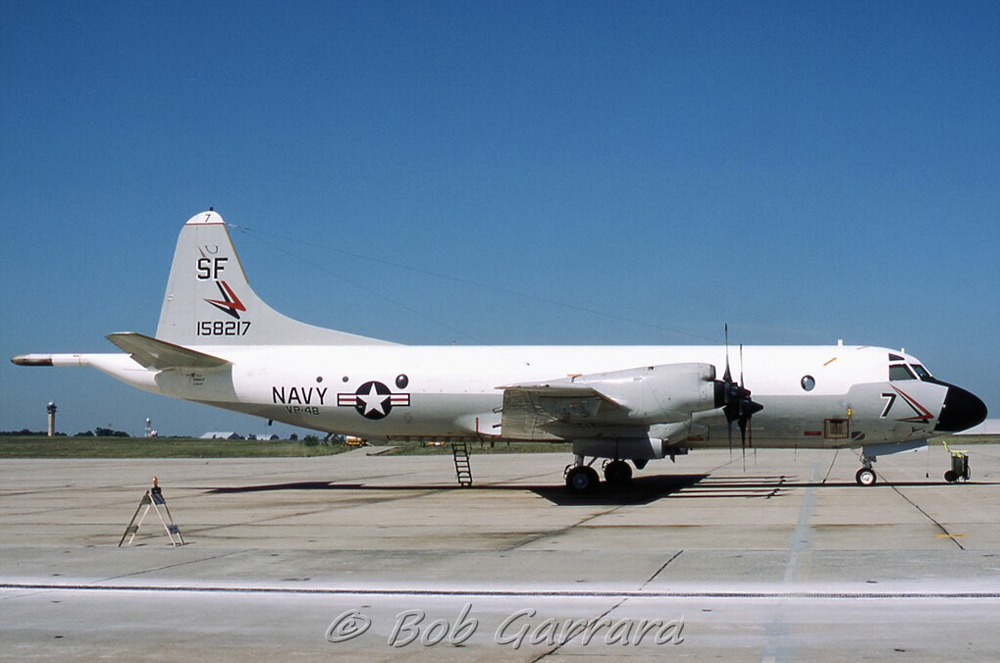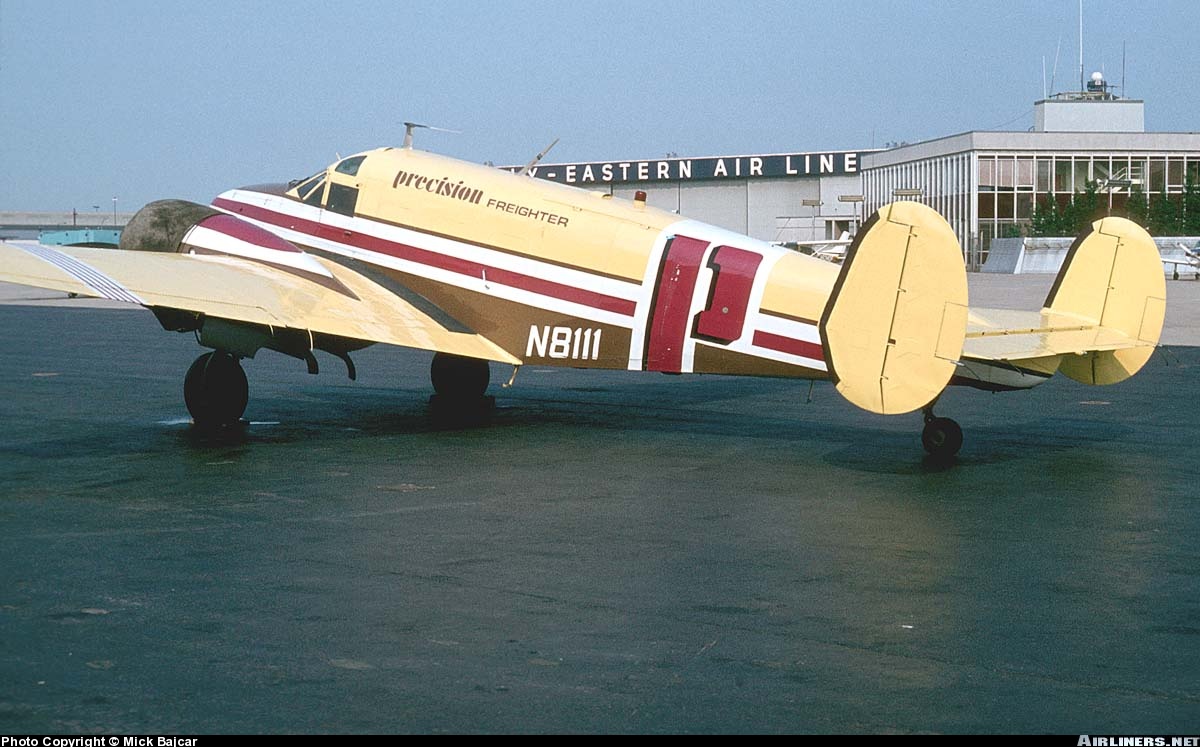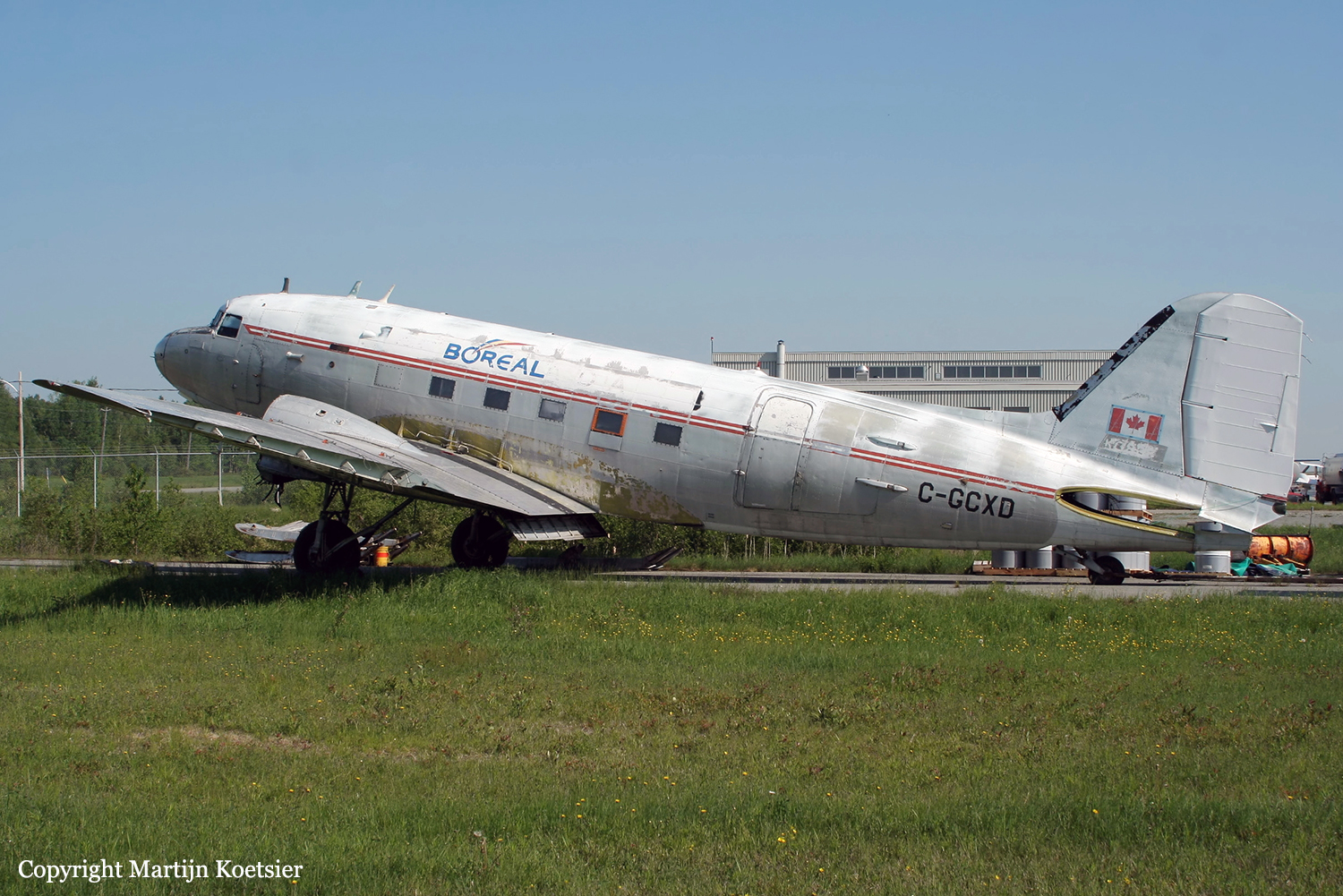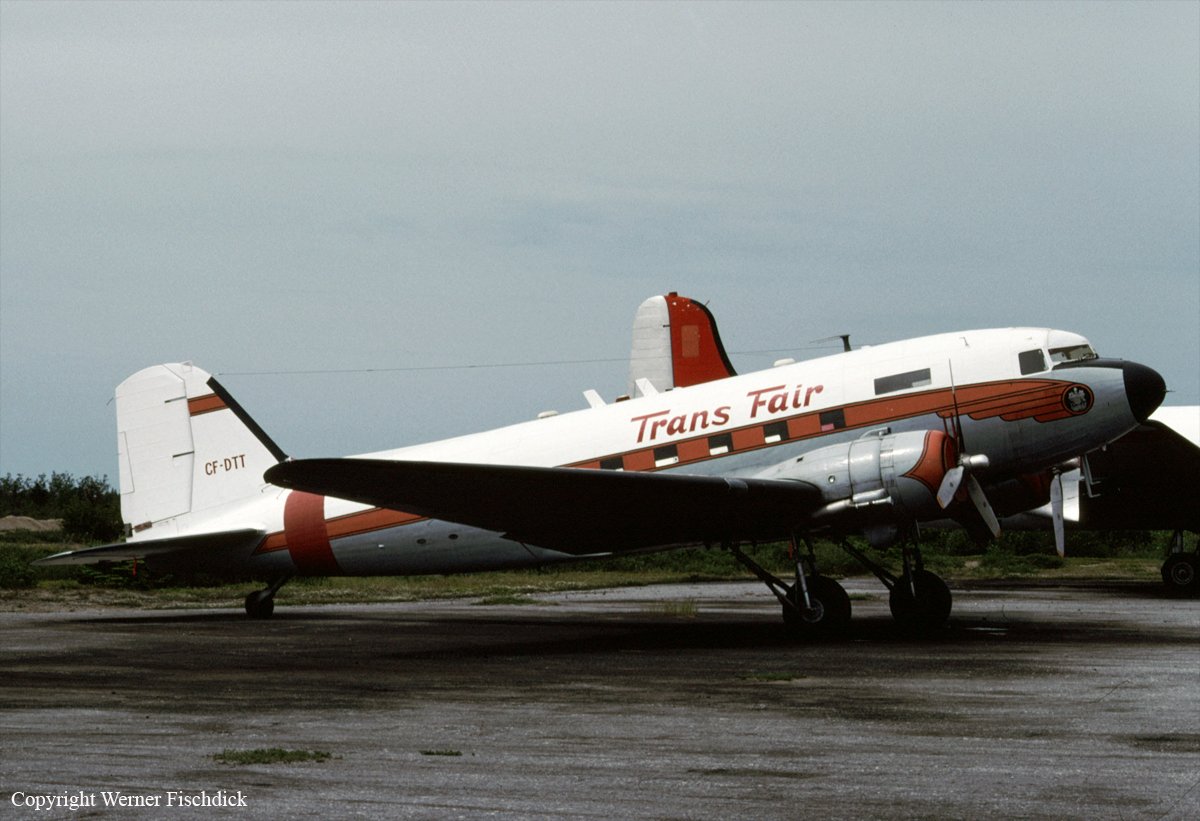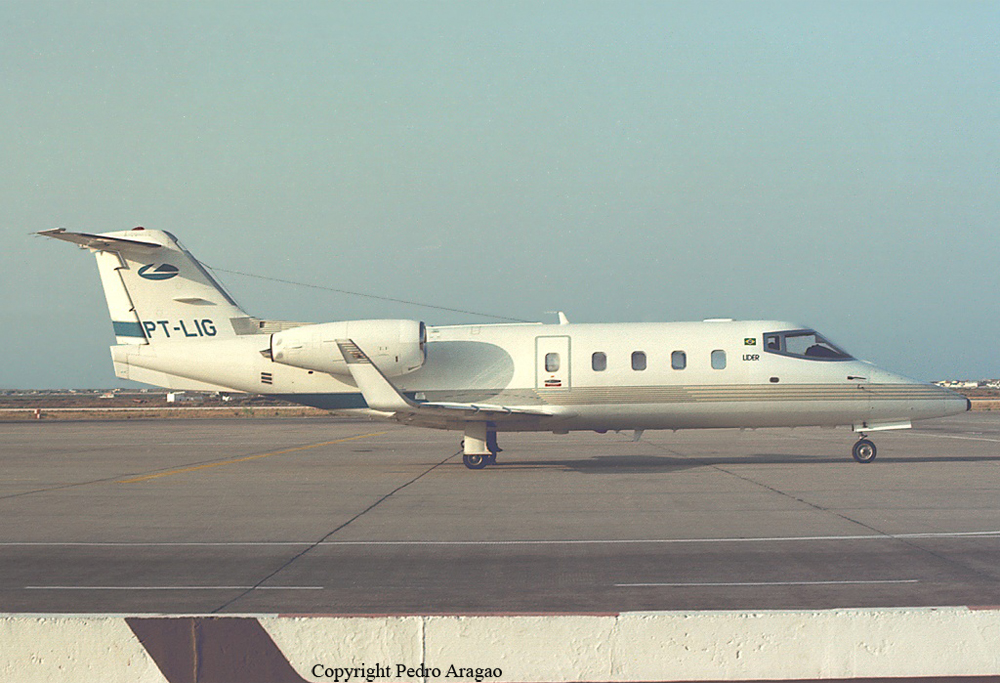Crash of a Lockheed P-3C-130-LO Orion off Masirah Island
Date & Time:
Mar 25, 1995
Registration:
158217
Survivors:
Yes
Schedule:
Masirah - Masirah
MSN:
185-5562
YOM:
1971
Crew on board:
11
Crew fatalities:
Pax on board:
0
Pax fatalities:
Other fatalities:
Total fatalities:
0
Circumstances:
While completing a maritime survey flight off Masirah Island, the crew encountered technical difficulties when the propeller detached from the engine n°4 that caught fire. Shortly later, the engine n°3 lost power then engine n°1 & 2 also lost power and failed. The aircraft lost height but the crew was able to regain control at 2,500 feet and eventually ditched the aircraft 8 km offshore. All 11 occupants were quickly rescued while the aircraft sank and was lost.
